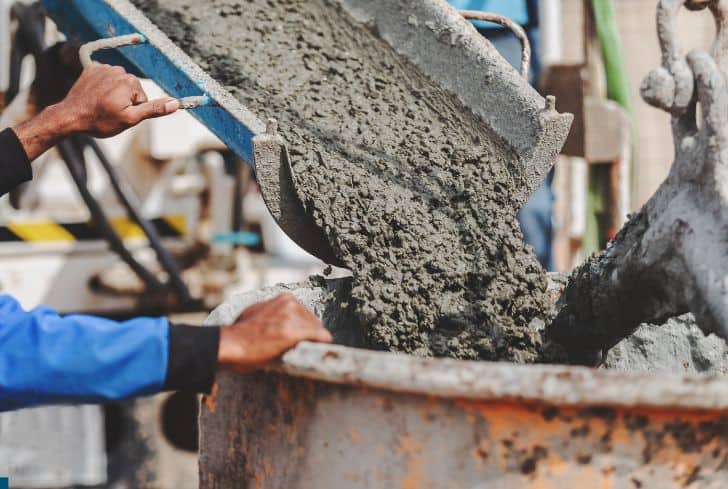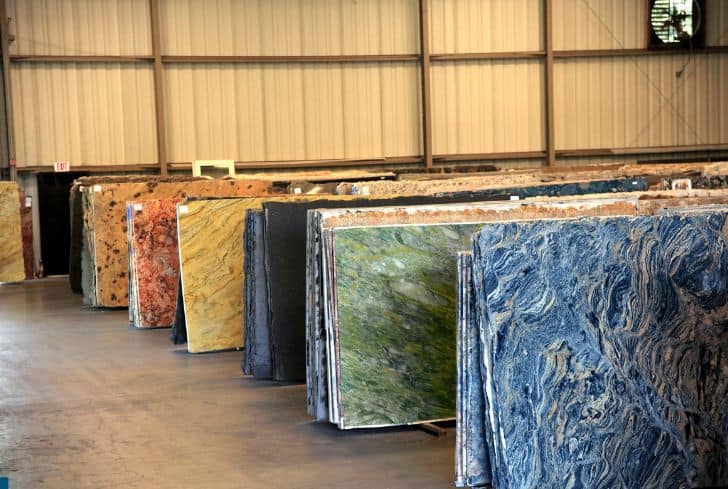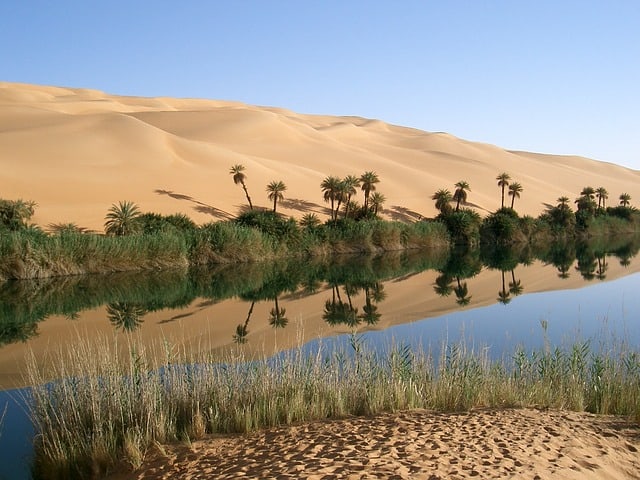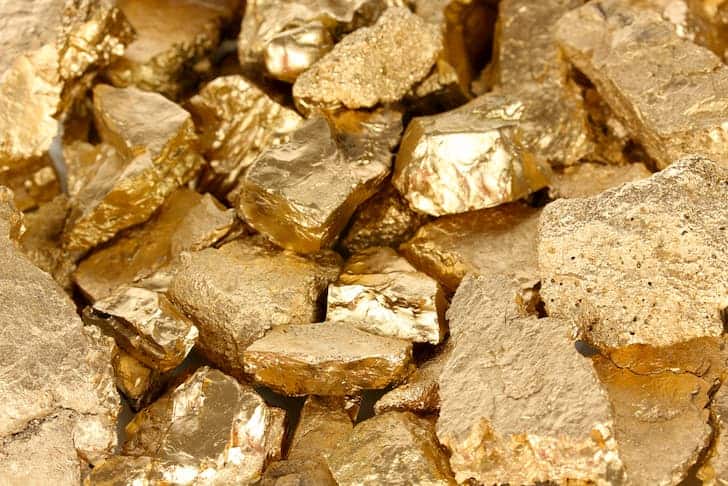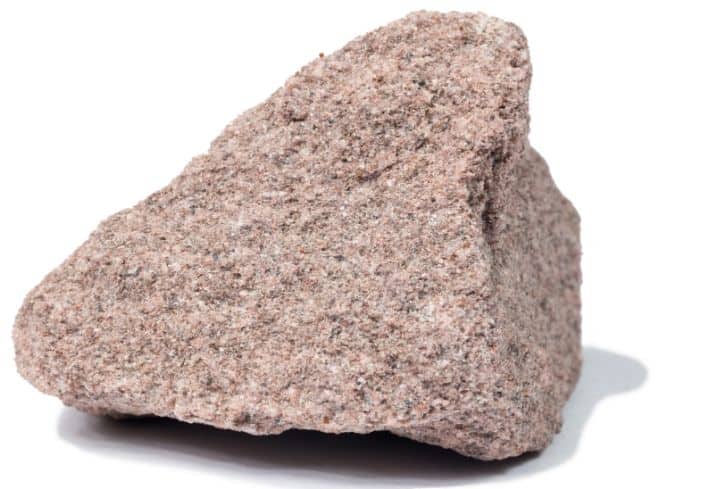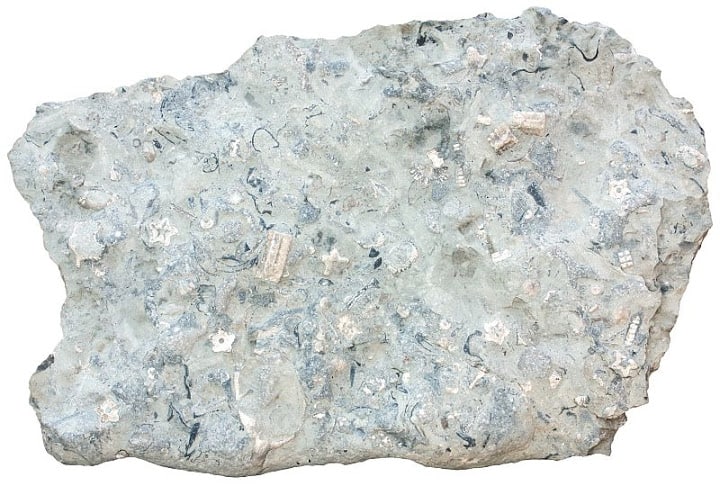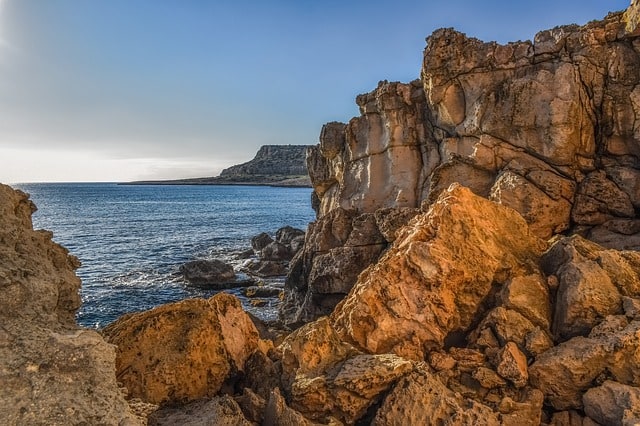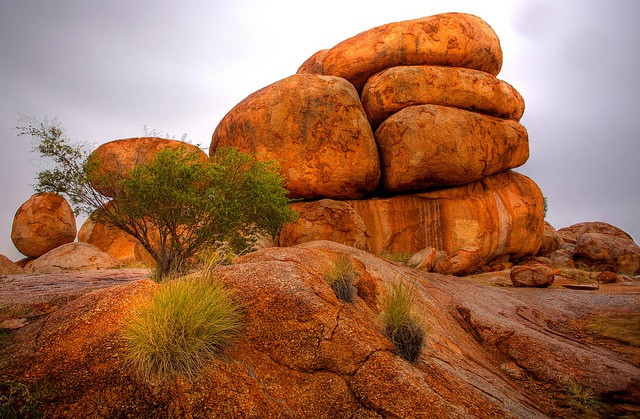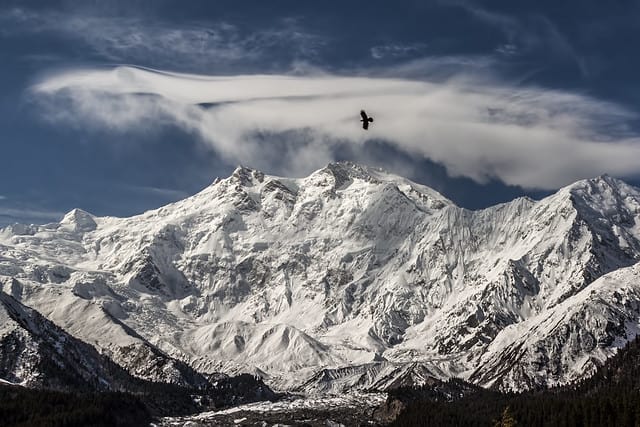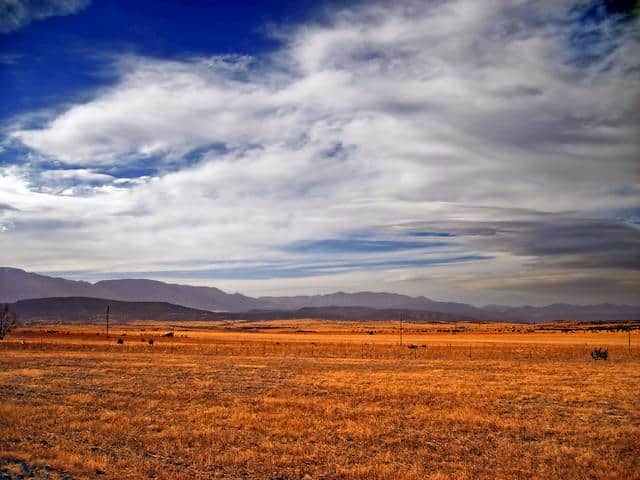A Comprehensive Look On Brass Decay
Brass has been a popular material used in manufacturing for centuries. From decorative items to functional tools, brass is found everywhere, and its durability makes it an ideal choice for long-lasting products. So how quickly does this complex metal decay? In this article, you can take a look and learn the science behind brass corrosion…


